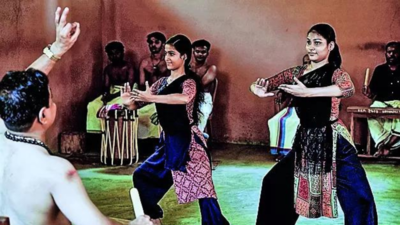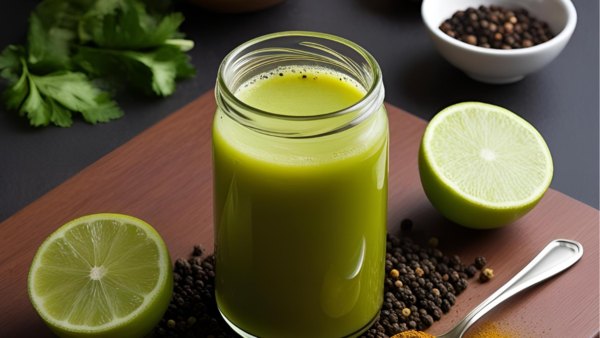- News
- City News
- kochi News
- Kathakali sees ‘gender revolution’, women replace men in Kerala classrooms
Trending
Kathakali sees ‘gender revolution’, women replace men in Kerala classrooms
The classical art form of Kathakali is witnessing a gender shift as women increasingly outnumber men in enrollment at various institutions in Kerala. Despite traditional resistance, government and non-government training centers see a significant rise in female students, suggesting a future decline in male dominance in the art.
KOCHI: Despite debates among traditionalists about whether women can master Kathakali as effortlessly as men, the 300-year-old classical dance-drama art form is experiencing a significant gender shift. Kathakali institutions across the state, both govt and private, are seeing a huge rise in women students, suggesting that the traditional male dominance in the art form will diminish in the coming years.
At Kerala Kalamandalam Deemed to be University for art and culture under the state govt, women have outnumbered male students in the Kathakali Vesham course ever since it was opened to them in 2020. Of the total 77 students currently enrolled, 42 are women and 35 men. Class VIII Kathakali admissions in this academic year also saw four girls and one boy joining the course. All new admissions to first-year degree and postgraduate Kathakali programmes are also women.
At RLV College of Music and Fine Arts, Tripunithura, another govt institution teaching Kathakali, there is a noticeable surge in female enrolment since the removal of gender restrictions for Kathakali courses in 2017. The current batch of degree students comprised entirely girls. The second-year batch has seven girls out of eight students, while the third year has two girl students out of four. Similarly, in the postgraduate final year, two out of three students are girls.
The gender shift is evident in two other non-governmental Kathakali training centres too. At Margi Thiruvananthapuram, which was established for the revival of Kathakali and Koodiyattam, 22 out of 27 students learning Kathakali are women aged between 15 and 35. At Kallekulangara Kathakali Gramam Palakkad, 43 out of 45 students aged between 7 and 58 are women.
Veteran Kathakali artist, Kalamandalam Gopi, said the increasing presence of women in Kathakali was owing to men withdrawing from the art form, as they worry about career prospects and financial stability, rather than any progressive societal transformation.
"Several renowned female artists, including Chavara Parukkutty Amma, Kottarakkara Ganga and Kottarakkara Bhadra, demonstrated that women can achieve excellence in Kathakali, even decades ago. It is important to recognise that female and male artists perform Kathakali vesham in their distinctive styles. The question of which approach is more suitable for Kathakali, and whether women can establish a lasting presence in this art form, will be determined in time," he said.
Many Kathakali teachers felt teaching women was easy. Thulasikumar, HOD of Kathakali (Thekkan), Kalamandalam, said: "Female artists' natural flexibility gives them an advantage over male performers. With increasing performance opportunities available, female artists will continue to enhance their skills."
Geetha Varma, aged 60, of Tripunithura Vanitha Kathakali Sangham, said traditionalists resisted women's participation in Kathakali citing requirements of exaggerated expressions and physical prowess. "Skilled female artistes now successfully portray conventionally male-dominated characters like Karnan, Arjunan, Nalan, and Bheema. Age also should not be a barrier for women. Chavara Parukutty Amma had performed beyond 75 years," she said.
Kalamandalam Venkitaraman from Kallekkulangara Kathakali Gramam said the only challenge women artists faced was owing to physical limitations during menstruation. "It leads to some missing their training sessions or shows... Majority women artists now demonstrate remarkable courage by presenting their art in temples, even during menstruation, disregarding conventional customs and restrictions," he said.
End of Article
FOLLOW US ON SOCIAL MEDIA









